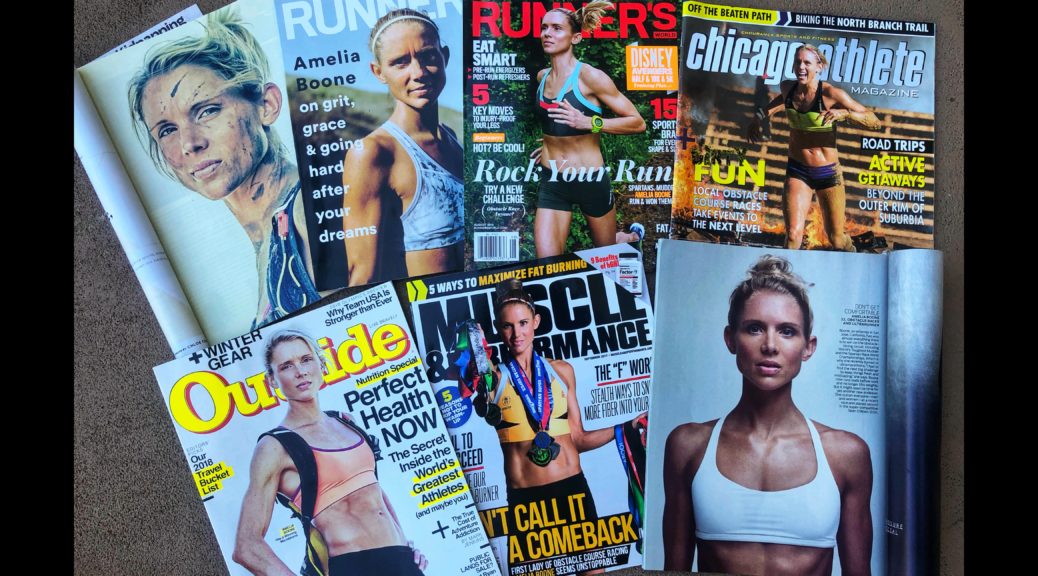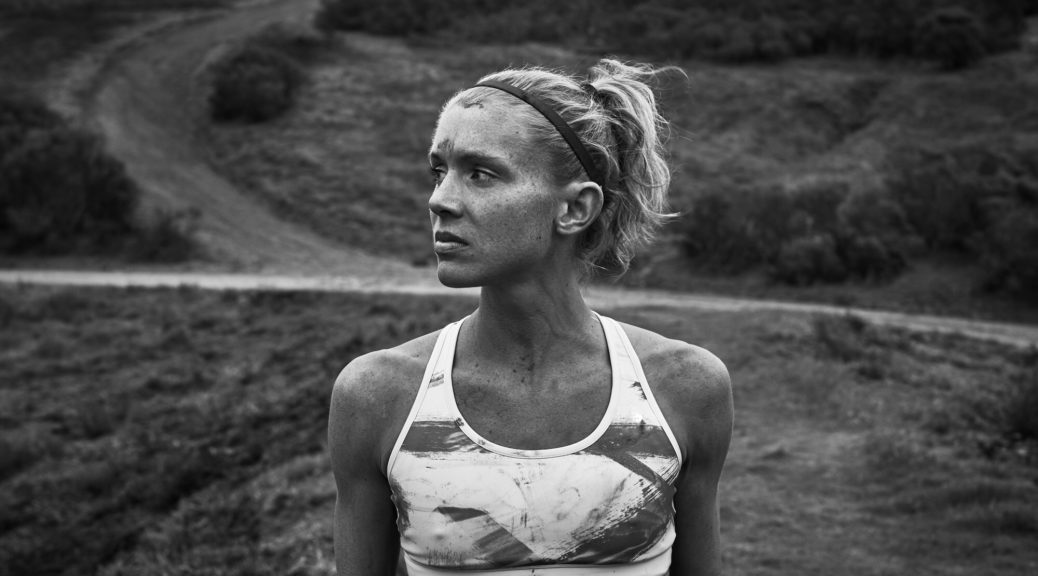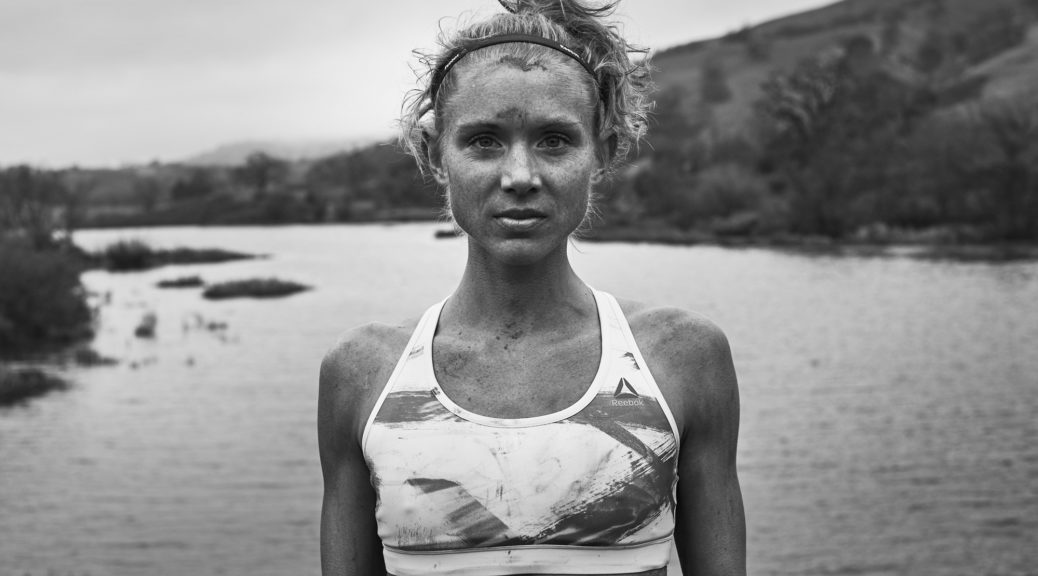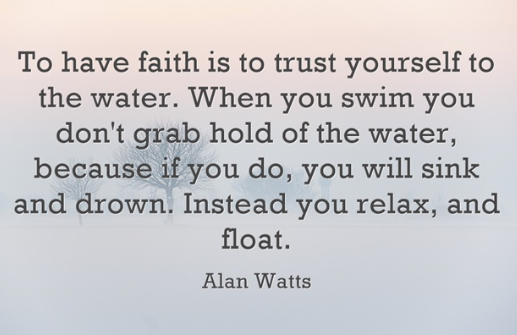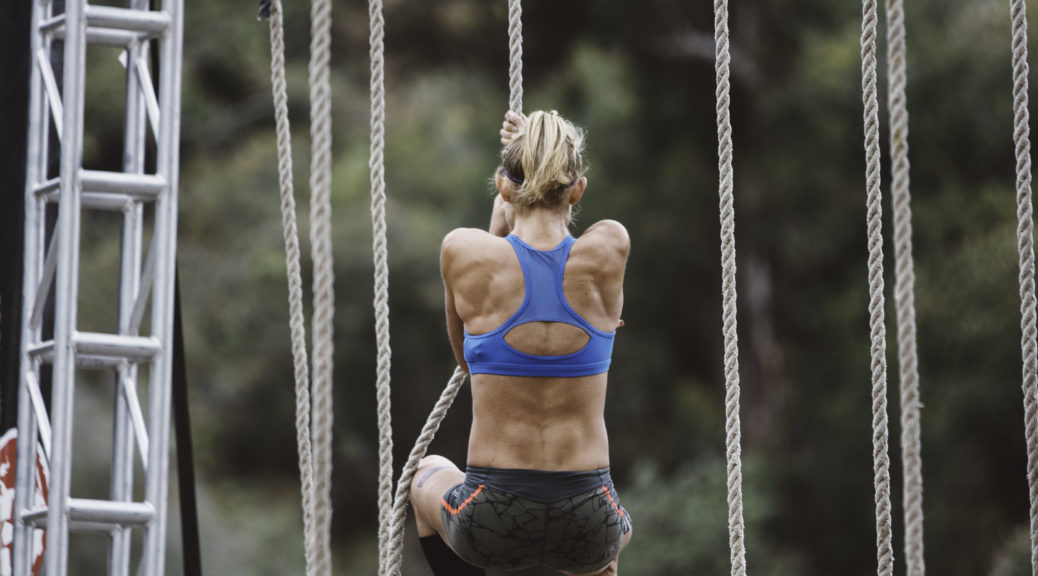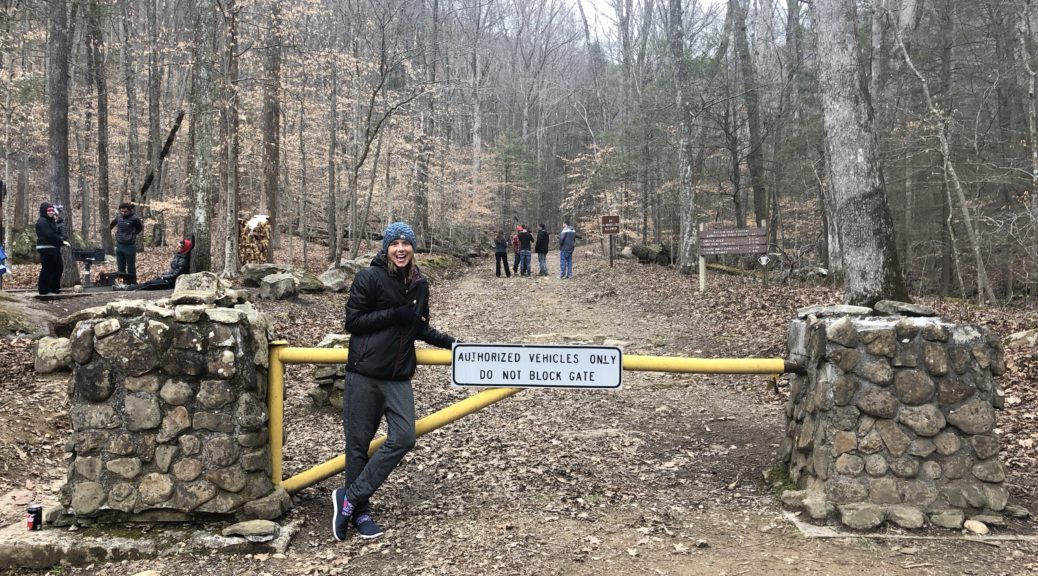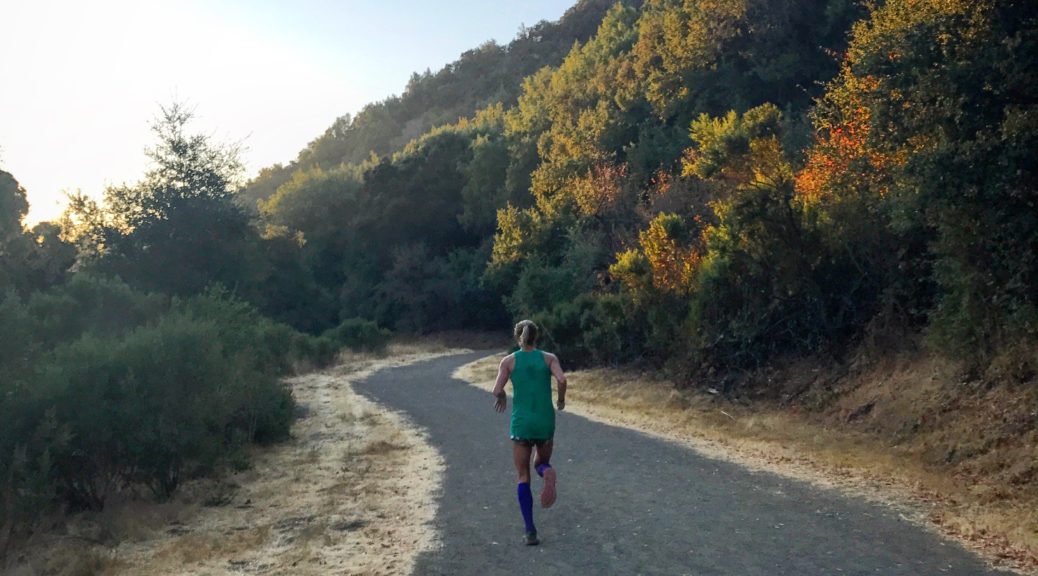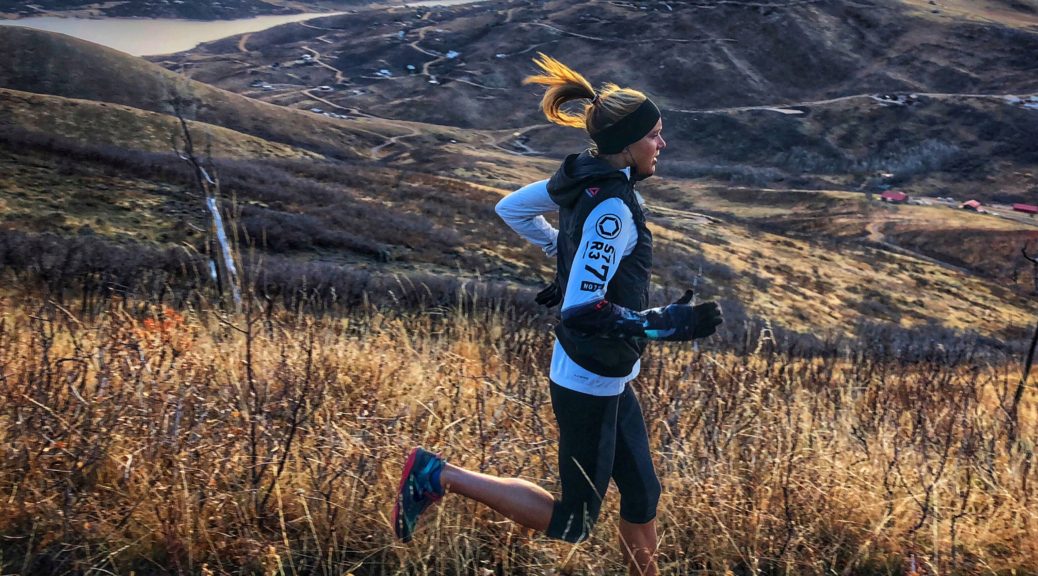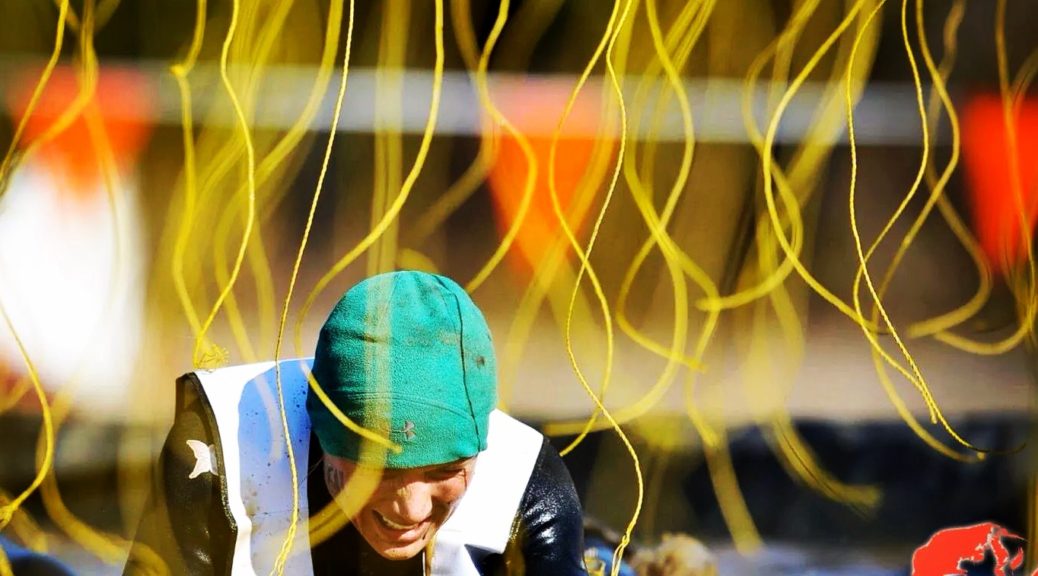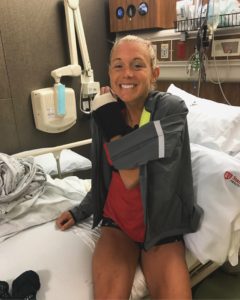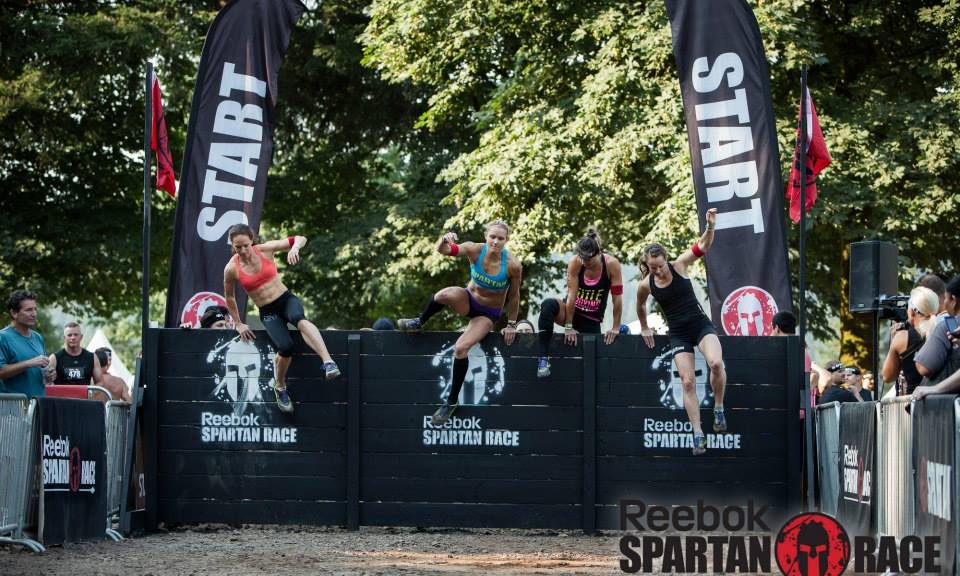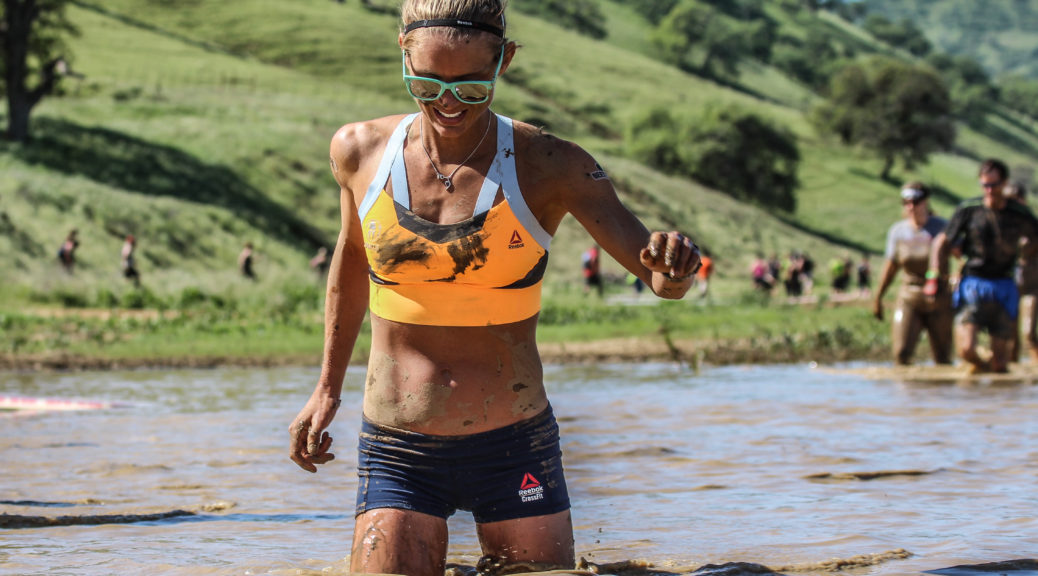When I first started swimming, I couldn’t understand why it was so hard. I knew there were probably a million reasons for it (my last swimming lessons being at 8 years old, super long limbs and short torso, a runner’s mobility), but every swim felt like I was thrashing against the water – it was so exhausting.
When you have a best friend who is an Olympic medalist swimmer, you clearly go and ask her what is wrong. Of the many things she told me, number one was “don’t fight the water. Let the water guide you – work with it.” It took me a bit, but at some point, that notion clicked, and swimming became much easier (though I still liken myself to a drowning porpoise and regularly get passed by 70 year olds).
I’ve taken that simple phrase, however, and taped it above my desk at work: “Don’t Fight the Water.” Because, unknowingly, over these past few months, I’ve been fighting the water in so many ways in my life, and I’m realizing it’s a battle I can’t win.
A few days ago, at the end of a run, I felt a sharp pain in the back of my heel. With a big race “out there” looming, I shut it down, rested, and prayed it’d get better. Frankly, I thought I had majorly effed up my Achilles, and feared the worst – months and months of tendon rehab. An MRI told a different story though: my Achilles is pristine (yaaaay!). Unfortunately, however, I had an early stage bone stress injury in my calcaneus.
Frankly, I’ve never been so relieved to have a bone injury – compared to an destroyed tendon, bones are WAAAAAY easier to deal with, and we caught it early enough. But the gutting loss of a season that was just about to get started cut deep – deeper than any loss of a race before.
I shed my tears, spent a few days on the merry-go-round of self-flagellation, and then, like I’ve done so many times before with every injury/setback/failure – took stock of the situation.
This one was clearly on me. After coming off injury in the fall, time was short in order to be semi-race ready. I felt the mounting pressure every day, the growing despair of being nowhere close to where I was a year ago at this time. I pushed, perhaps a bit too aggressively, knowing that I was riding a line, and taking a risk. But the passion was so strong to get back “out there,” it was one I was willing to take.
Sometimes risks pay off. And sometimes they blow up in your face.
Unfortunately, this calculated risk resulted in the latter. But if I had to do it again, would I do it any differently? If I’m honest with myself, probably not.
I think the hardest part is that I learned this lesson once before: after breaking my femur, I pushed aggressively trying to get back for the Spartan Race World Championships in 2016. That also blew up in my face, resulting in the sacral stress fracture. I’ve been beating myself up these past few days, telling myself that I should know better. That, for better or worse, I have a history of bone injuries, and that trying to “outsmart” my body a second time was a recipe for disaster.
Currently, I’m working on giving myself grace. I don’t really think this was a “mistake,” but more arrogance that I thought I could escape unscathed. But sometimes we make the same mistakes twice. Sometimes we have to learn a lesson over and over again. Sometimes we throw caution to the wind in spite of the risks, and that’s ok.
As much as being sidelined again for a short bit sucks, I’d rather be here than not having attempted to race at all. As I said last year: “failure is not giving myself the opportunity to try.” I tried – unfortunately, it resulted in me not even getting to the start line. There are some passions in life that are worth it, and this was one of them. (let’s be honest – I imagine I’ll have to learn this lesson again at some point. I think most athletes do.)
All that being said, what’s become crystal clear to me is that, just like fighting the water in swimming, I can’t fight my body and win. The body will always have the last laugh.
Frankly, it’s exhausting. Worrying about race deadlines and readiness and every ache and pain is all consuming, and I know there’s a better way, because I’ve done it before: when I started training and racing after my sacral stress fracture, I cleared my calendar. I went really slowly in build-up. I was ok letting things flow. I didn’t set artificial timelines. And I made it back and started racing happier and with more passion than I ever have before.
I’ve taken my risk, and I failed. So it’s time to take the foot off the gas pedal. To slow down in order to speed up. To heal my body, and get rid of this injury cycle once and for all. And with a history of bone injuries, a key part of that is going to be getting my hormones figured out. Letting my body rest. And honestly, gaining weight and body fat. I’m not dumb, so let’s talk about the elephant in the room: I’ve known for awhile that I’ve been hanging onto a muscular, lean physique that, while it might have worked for OCR, is not compatible with ultrarunning and multi-day endeavors like I want to do. I thought I could be the exception, but once again, the body has the last laugh. As uncomfortable as it may be for the vain part of myself, I’ll likely be more resilient and injury free with extra body fat and weight. Maybe not, but considering I’ve done all the other work (strength training, rehab, Vitamin D levels, etc) and I’m still suffering from bone injuries, it’s worth a try.
I’ve had multiple people tell me that I should hide this latest injury – that multiple bones injuries like this are shameful, and that I’m opening myself up to criticism. I understand many athletes hide injuries, but that’s not me. Maybe at one point in my life I thought I was invincible, and I thought admitting injury would make me be less of a “badass,” but that’s no longer me. This is my life, and my story, and I will own my mistakes and shortcomings, in all their full glory. It’s true to who I am, and the type of person I want to be. And if I can help others along the way in their journey, and let them know that “hey, we all struggle in our own ways,” even better.
As scary as this all is, I’m actually excited to tackle it. I’m excited to get back to racing healthy, and in due time (this summer most likely, but I’m not setting any firm plans). What’s funny is that, as tough as this injury cycle has been, I’ve never let go of the unwavering belief that my best running and racing days are still ahead. I’m so excited just thinking of it.
Life is pretty grand when you let the water guide you.
As always, a HUGE thank you to my sponsors who have stuck by me through the ups and downs: HumanN, Ultimate Direction, Altra, Sufferfest Beer, Big Spoon Roasters, Rocktape, Goodr, and Pete & Gerry’s. As a sponsored athlete, being injured is one of the worst feelings when you think about telling them (especially when you’ve JUST signed on…sorry Altra…). But these companies are rockstars, and I’m so thankful they support me in every aspect of my life. And to Dr. Brink at Premiere Spine & Sport, who has served as an invaluable resource in learning about movement and my body. And, of course, to Coach David Roche: he’s always tried to rein me in (sometimes I don’t listen…and look what happens), but more importantly, he’s been the biggest advocate of me as a human being, not as a runner. I can’t imagine a better coach to have in my corner.
